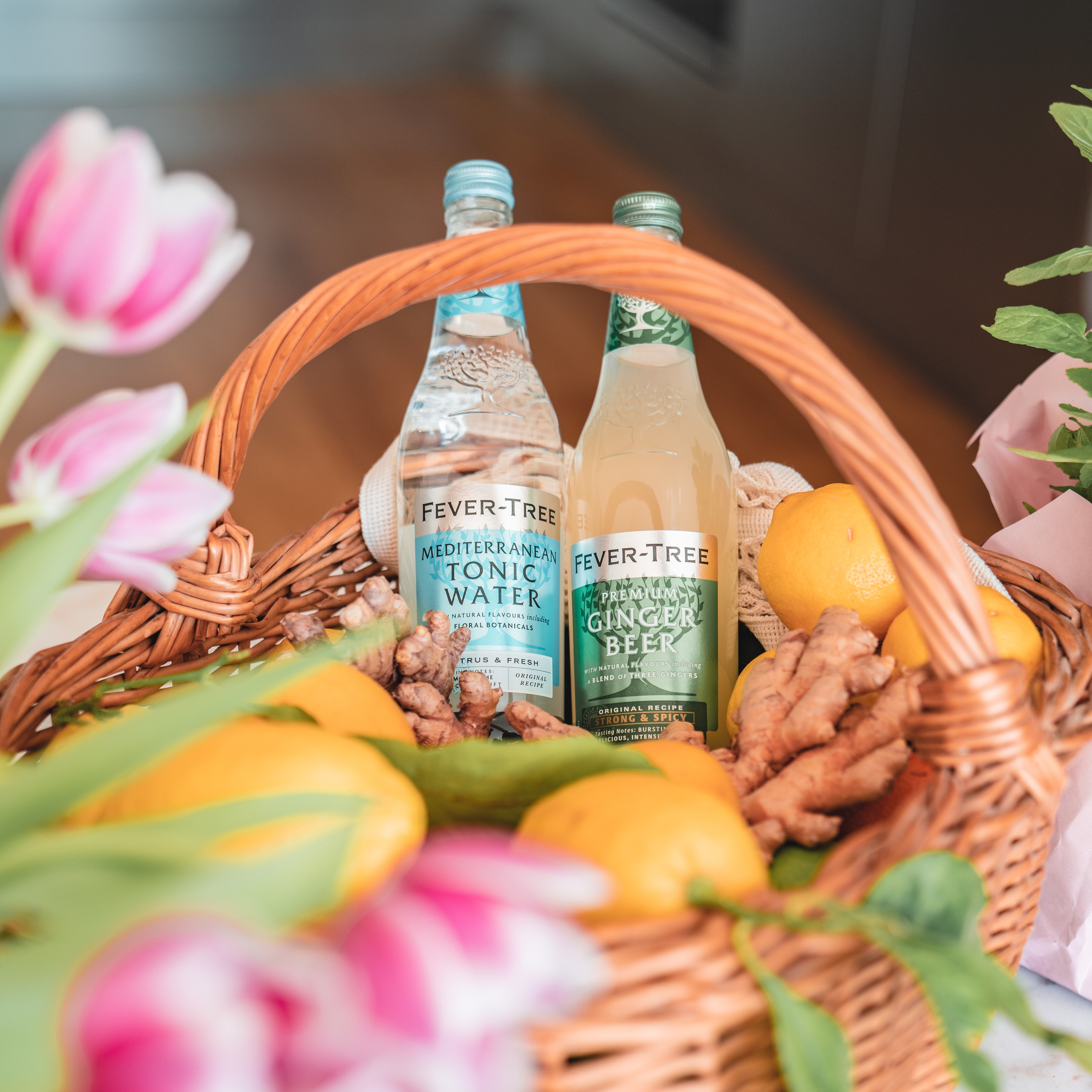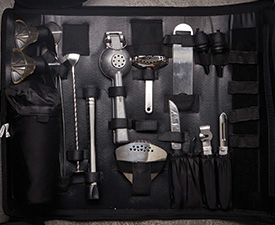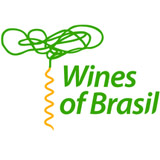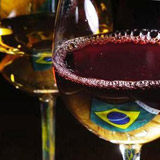Brazil the largest country in South America and recognised as the 5th largest wine producer in the Southern Hemisphere, has been making wine since its colonisation, but it was the arrival of Italian immigrants in 1875 that gave importance to winemaking. Though over the past 10-15 years, the Brazilian wine industry has made a tremendous investment in technological innovation and vineyard management. Resulting in excellent wines recognized with over 2000 international wine awards.
Brazilian wine regions total approx 84,000 hectares; with over 1100 wineries around the country, mostly based on small farms - averaging 2ha per family. Brazil is now capable of producing fresh, fruity, balanced wines and with moderate alcohol. In the global scene, Brazilian bottled wine production occupies 13th place as of 2011.
Brazilian wine and grape production is an important activity for the sustainability of small properties and has also become important in regard to the development of tourism and for the creation of jobs in large ventures that produce table grapes and wine grapes. While Brazil has a relatively large number of vineyards, a large part of them produce table grapes, and only some produce Brazilian wine. As much of Brazil is close to the equator, much of the country is unsuitable for viticulture, due to the heat and humidity. Most of the wine production of Brazil is concentrated in the south of the country, away from the equator, in the state of Rio Grande do Sul, which is close to Uruguay and Argentina. In this area, many of the vineyards are also located in cooler high and hilly sites, to a large extent in the Serra Gaucha region.
Table grapes still make up 80% of Brazil's grape cultivation, all the vineyards planted in the last decade grow European grape varieties with a focus on French and then Italian. The sparkling wines lead production and are well recognised, then Cabernet Francs and Tannat, Cabernet Franc and Malbec blends and some Chardonnay's are said to be growing in character.











